Microwaves are indispensable appliances in modern kitchens, offering speed and convenience that families rely on daily. Samsung microwaves, known for their reliability and innovative features, are a popular choice among consumers. Yet, like any household device, they can malfunction—one of the most common issues being the microwave not heating food as expected. While this problem can be frustrating, many heating-related microwave issues can be resolved at home with the right knowledge and approach. This comprehensive guide will show you how to fix Samsung microwave not heating, giving step-by-step solutions, troubleshooting advice, and maintenance practices to restore your appliance to perfect working order.
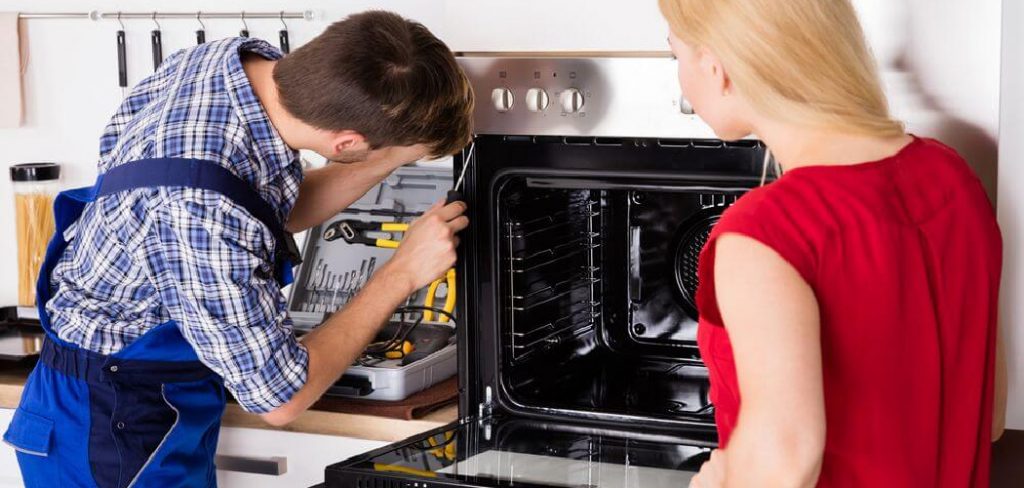
Understanding the Problem
Why Isn’t Your Samsung Microwave Heating?
Understanding how microwaves work will help clarify why heating issues arise. A microwave uses electromagnetic waves, specifically microwaves, generated by a component called a magnetron, to heat food. The waves agitate water molecules within the food, producing heat through friction. If something interrupts this process—be it an electrical failure, damaged internal part, or an operational mishap—the food stays cold or unevenly heated. Pinpointing the source of the issue is the first step toward an effective fix.
Heating issues in a Samsung microwave often stem from a handful of causes: electrical failures, component breakdowns (like the magnetron or high voltage diode), or even user-related errors such as improper settings. Recognizing which type of problem you’re facing will streamline your troubleshooting process and get your microwave back in action sooner.
Signs That the Problem Is Heating-Related
Not all microwave malfunctions relate directly to heating, so it’s important to distinguish symptoms. Power supply issues might cause the microwave to turn off mid-cycle or not operate at all. However, if your food stays cold, heats unevenly, or you notice long cook times despite normal operation sounds, the problem likely lies with the microwave’s heating mechanism.
Other signs include the internal light, fans, or turntable functioning as usual, but no heat being produced, or error codes appearing on the display. These indicate a heating issue and guide you to look specifically for internal causes rather than surface-level problems like a disconnected plug.
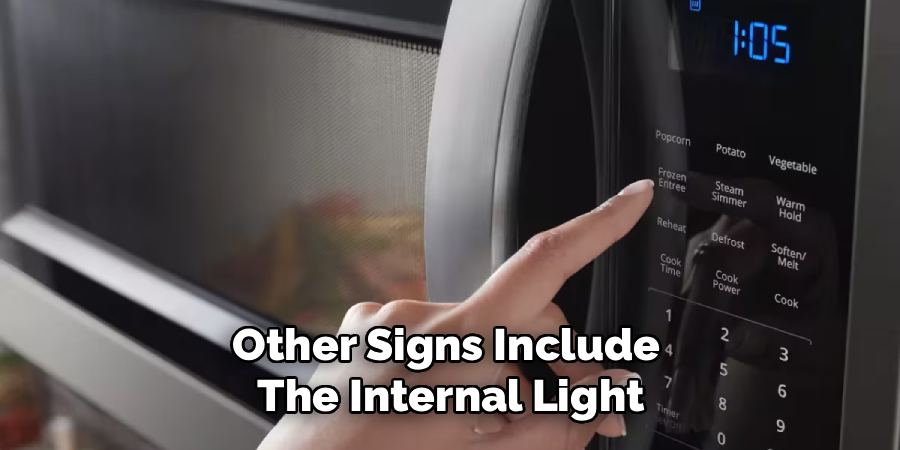
First Steps to Diagnose the Issue
Checking Power Supply and Settings
Before dismantling your microwave or calling a professional, start with the basics. First, confirm that your Samsung microwave is properly plugged into a power source. Inspect the power cord for visible damage or fraying. Sometimes, a tripped circuit breaker or a blown fuse in your home’s electrical system can be the underlying cause, so check your electrical panel if needed.
Next, review your microwave’s cooking settings. Ensure you haven’t inadvertently set the power level to a low setting. Microwaves allow you to adjust power output; using a significantly lower power level could leave food inadequately heated, even if the appliance functions correctly otherwise. Set the power to maximum and run a quick test (such as microwaving a cup of water) to see if any improvement occurs.
Inspecting the Door Latch Mechanism
A microwave’s door plays a critical safety role—it must be securely latched for the device to operate its magnetron. If the door latch is misaligned, damaged, or worn, the microwave may think the door is open, preventing it from heating while other functions continue.
Examine the door for any obvious misalignment or wear. Listen for a click as you close the door; a missing or weak sound can indicate a faulty latch. Gently clean the area around the latch and ensure that nothing is physically blocking the mechanism. If you find visible damage, replacing the door latch may resolve your heating issue.
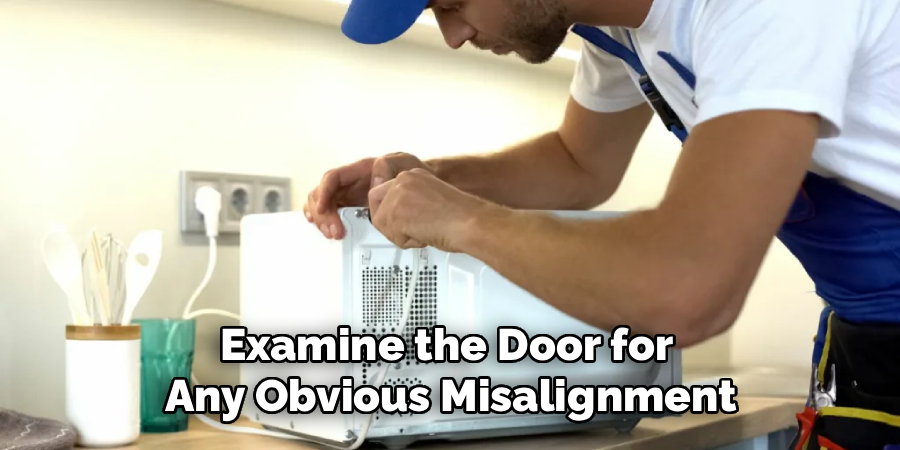
How to Fix Samsung Microwave Not Heating: Solutions for Heating Problems
Faulty Magnetron
The magnetron is the heart of your microwave’s heating ability. If it fails, the appliance can run normally—turntable spins, lights work, fans blow—but your food remains cold. Diagnosing a failing magnetron often requires professional assessment, as testing components inside a microwave involves exposure to high-voltage elements.
However, signs of a faulty magnetron include buzzing or humming noises, burning smells, or blown internal fuses. If you’re experienced with home appliance repair, you may use a multimeter to test continuity in the magnetron. If the part is defective, replacing it is necessary. Keep in mind that this process requires caution and, for most homeowners, is best left to professionals due to potential electric shocks.
Defective High Voltage Diode
Another key component is the high voltage diode, which converts electrical current to the high voltage required by the magnetron to create microwaves. A defective diode will prevent the magnetron from receiving enough power, resulting in no heat.
Testing the diode also involves using a multimeter for continuity and replacement if it’s faulty. Warning: high voltage capacitors inside the microwave can retain an electric charge even after unplugging the unit, making this a dangerous procedure for untrained individuals. If you suspect a bad diode and aren’t experienced in appliance repair, contacting a certified technician is the safest option.
Burnt Thermal Fuse or Thermostat Issues
Both thermal fuses and thermostats act as safety mechanisms, cutting power to the magnetron if temperatures spike too high. If either of these components burns out, the microwave will cease heating while still allowing lights and display panels to work.
Check your appliance’s user manual or official repair diagrams to locate these fuses. Testing for continuity with a multimeter will show whether a replacement is needed. If you identify a blown fuse or faulty thermostat and have some DIY repair experience, you may be able to purchase a compatible replacement part and install it. Always disconnect power and discharge capacitors before delving inside the microwave’s casing.
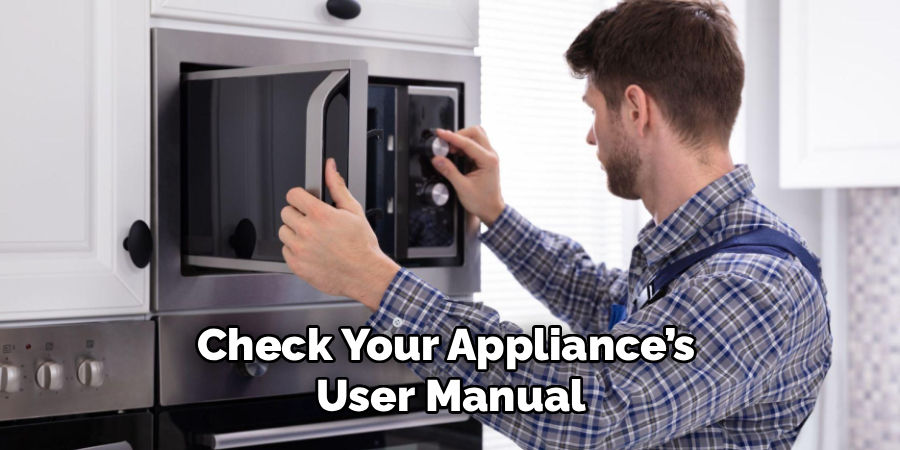
Overheating Protection Mechanisms Triggered
Microwaves contain several built-in protections that trigger if overheating occurs. Running the appliance with blocked vents, repeated back-to-back cycles, or a failing cooling fan can prompt this defense, causing the heating components to temporarily shut down.
If your Samsung microwave appears to cycle on but won’t heat after consecutive runs, let the microwave cool down for at least 30 minutes. Check that the vents are clear and the cooling fan operates. Once the appliance has cooled, try running a short cook cycle. If heating resumes, you’ve likely resolved a temporary overheating issue. Ongoing recurrence may indicate deeper issues requiring repair.
Troubleshooting Using Error Codes
Understanding Samsung Microwave Error Codes
Many Samsung microwaves are equipped with digital displays that show error codes when something isn’t functioning as expected. These codes serve as built-in diagnostic tools, helping you quickly zero in on the problem—and, at times, avoid unnecessary repairs.
Refer to your user manual for a chart of error codes relevant to your model. If you see codes like SE, E-11, or others, take note of their definitions.
Specific Heating-Related Error Codes
Codes such as E-21 or E-22 are associated with magnetron failure or high-voltage circuit issues. If you spot these, your microwave is signaling a fault in its heating system. The manual or the manufacturer’s website often lists accompanying troubleshooting procedures. Resetting the microwave (see DIY fixes below) can sometimes clear a temporary error, but persistent code recurrence likely means a component needs service or replacement.
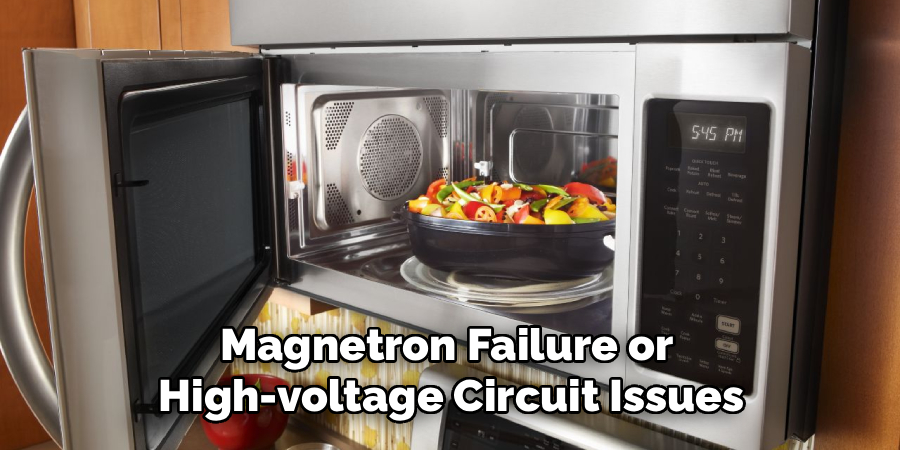
DIY Fixes You Can Try
Cleaning the Microwave’s Interior
Food residues or splatters inside your microwave might block sensors or vents, causing overheating and poor performance. Unplug the microwave and wipe the interior with a soft cloth dampened with mild soapy water. Pay special attention to the turntable, vents, and ceiling. Avoid allowing water to run into slots or vent holes.
Allow the interior to dry thoroughly before plugging the microwave back in and testing its function. Consistent cleaning will help prevent future heating problems and keep your appliance running smoothly.
Resetting the Microwave
In many cases, a simple reset can fix glitches related to software or internal circuitry. To reset your Samsung microwave, unplug it from the wall and wait 3–5 minutes. This time allows residual charge in internal components to dissipate fully. Plug the microwave back in and set the clock if needed. Run a short heating test to determine if the reset resolved the problem.
This approach helps clear error codes and fix minor electronic glitches. However, if heating doesn’t resume after a reset, the issue likely lies deeper within the microwave’s components and warrants more investigation.
When to Consult a Professional
Issues That Require Expert Help
Some microwave problems demand specialized tools and electrical safety knowledge. If you have tried all the above steps and your Samsung microwave is still not heating, or if you’re uncomfortable attempting DIY repairs, it’s best to call a professional repair technician. Common issues that require expert attention include:
- Damage to the control board or wiring harness
- Faulty high-voltage transformers or capacitors
- Repetitive fuse failures or electrical burnt smells
Attempting advanced repairs without experience can result in further damage or pose significant safety risks, given the high-voltage elements inside a microwave.

Benefits of Professional Repair Services
Certified repair technicians can properly diagnose your microwave and ensure safe part replacement. Professional service increases the chance of returning the appliance to optimal performance, often offering warranties or guarantees on both parts and labor. It can also prevent small issues from evolving into bigger, costlier problems.
Moreover, a technician’s expertise will help you decide whether it’s worth repairing the microwave or opting for a replacement, balancing cost and longevity.
Preventing Heating Issues in the Future
Maintenance Practices
Routine maintenance will extend your Samsung microwave’s life and reduce the risk of heating problems. Clean vents and interior surfaces regularly to prevent grease buildup and blockage. Always use microwave-safe containers, and avoid covering vent holes during operation. Don’t overload the appliance, as running it beyond its designed capacity can stress internal components and cause early failure.
Simple steps like cleaning the door seal and ensuring an unobstructed turntable help maintain even heating and safe operation.
Power Management
Fluctuations in power supply can damage the sensitive electronics within a microwave. Use a surge protector to shield your appliance from sudden voltage spikes. Try to avoid frequent plugging and unplugging, which can wear out the power cord and outlet over time. If your home has known power instability, consulting an electrician to install voltage regulators can be worthwhile.
Steady power input helps safeguard the electronic circuits and reduce the chance of heating failures.
Conclusion
Heating issues in a microwave can disrupt daily routines, but the solutions are often straightforward. By understanding how to fix Samsung microwave not heating, you empower yourself to address many common problems at home. This guide has covered initial diagnostics, component-level troubleshooting, cleaning and reset procedures, and the value of preventative maintenance. When in doubt or when repairs involve high-voltage internal parts, always put safety first and consult a qualified technician. Keeping your microwave clean, well-maintained, and protected from power surges not only restores function quickly but also extends your appliance’s useful life. For all your cooking needs, a little proactive care ensures your Samsung microwave continues to serve you reliably for years to come.
Professional Focus
Angela Ervin, a former interior designer turned blogger, specializes in kitchen design and renovations. Through her website, she blends her passion for cooking with design expertise, sharing practical and creative ideas. Known for balancing functionality and beauty, Angela’s insightful content has made her a trusted voice in home design and lifestyle.
About the Author
Angela Ervin, an experienced interior designer and blogger, combines her passion for kitchen renovations with storytelling. Living in Petersburg with her family, she enjoys cooking and testing her projects firsthand. Known for her humor and relatable style, Angela shares creative, functional design insights through her content, making her a trusted voice in home design.
Education History
University: Virginia Commonwealth University
Degree: Bachelor of Fine Arts (BFA) in Interior Design
- Angela’s education at VCU focused on mastering core interior design principles, including spatial planning, color theory, materials selection, and sustainable design practices.
- She gained hands-on experience through studio projects and collaborative design exercises, which honed her ability to create functional and aesthetically pleasing environments.
- Her coursework also emphasized problem-solving and practical applications of design, preparing her for real-world projects like her self-directed kitchen renovations.
- The program’s strong foundation in both technical skills and creative expression shaped Angela’s ability to seamlessly integrate form and function in her work.
